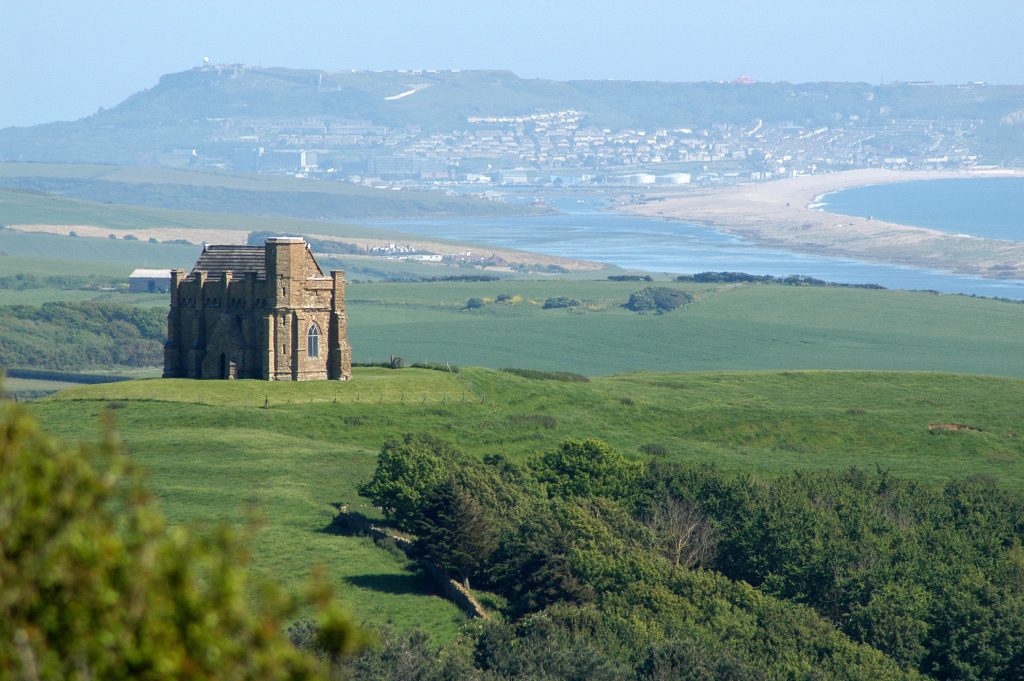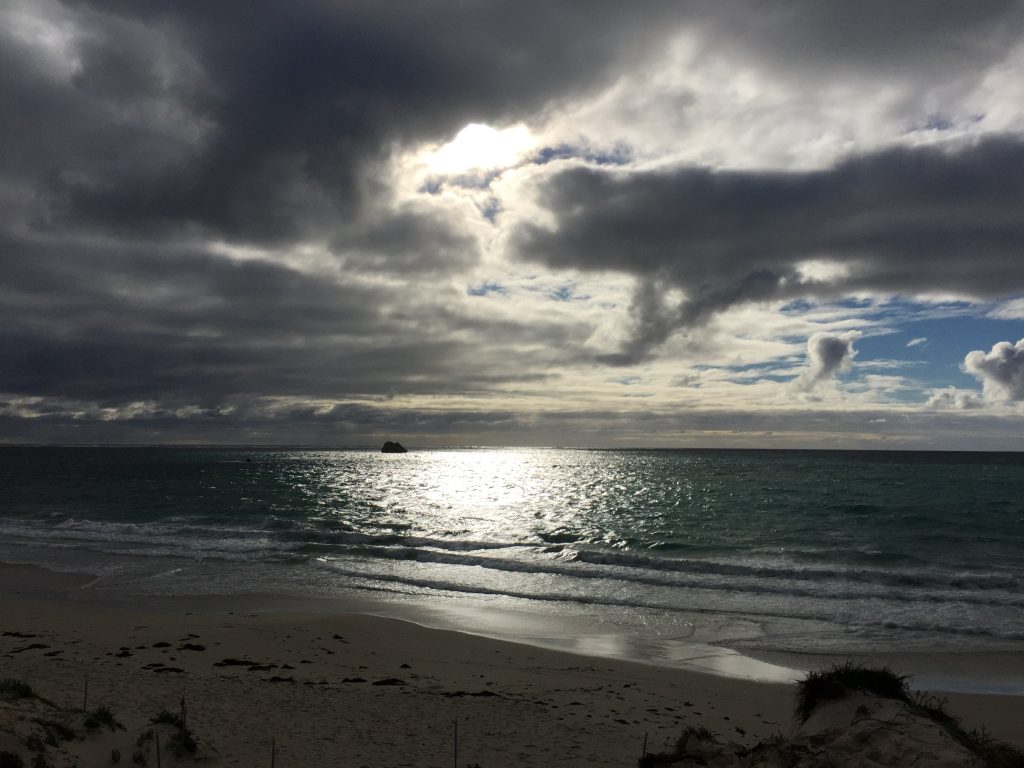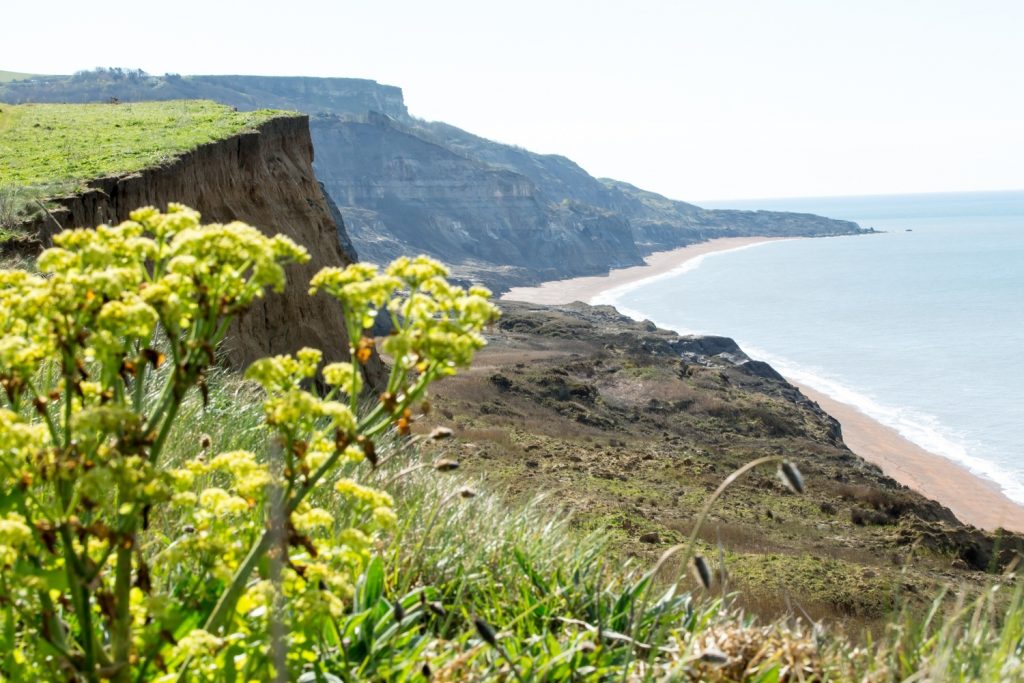Pixie

Take a walk on the beach, holding a friend’s hand, and relax. Feel the sand squeezed between your toes and listen to the gently lapping waves. Peaceful, isn’t it?
Well, maybe not. Choose a different beach, and the surface might be sharp edges of volcanic rock, a foam frozen in time and cut by erosion to leave knife-edge broken bubbles. Or perhaps the beach is a long bank of rounded pebbles, tiring to walk on, like the 29-kilometer Chesil Beach in southern England. Each beach has its story, a varied history perhaps of fire and upheaval, or of shipwrecks and smugglers. But even a smooth, sandy beach has secrets. Life teems beneath your feet and the washed-up seaweed is home and food for numerous worms, crustaceans and arthropods. Come back in a few hours, and the broad swathe of sand might have disappeared so the waves pound the bottom of the cliff; the tide has come in.
The creatures of the beach face constant change, dominated by the twice-daily tide. Yet not quite: the major rhythm is every 12 hours, 25.2 minutes because the Moon orbits the Earth in the same direction as the Earth’s rotation. Beach creatures synchronise their activity with the tide, feeding when the food arrives and burrowing or hiding when necessary. Beach visitors, such as gulls, plovers, and curlews, time their visits by the tides too.
The size of the tides changes day by day, because the Sun’s gravity contributes to the tidal forces. When the Sun, Moon and Earth are lined up, at full moon and new moon, the forces combine and tides are largest, called spring tides. When the Moon is perpendicular to the Earth-Sun line, that is at the waxing half moon and waning half moon, the forces are opposed and the tides are smallest, called neap tides. Various creatures time their breeding to the tides, including paolo worms, salt marsh mosquitoes, grunions (a fish found on the Californian coast), and sea turtles. Usually, there is some perceivable benefit to the timing because the extra high tide allows the eggs to be laid further up the beach, or the tidal pools take longer to dry up.

Our coastal ancestors were also aware of the changes and could correlate them to the phases of the moon. The need to predict the tides, whether for safe food-gathering on mud flats or for navigation in shallow channels, probably contributed to the development of calendars. It has been claimed that both Stonehenge and the Pyramids were ancient astronomical calculators. They are certainly well-aligned with astronomical directions: the winter solstice and true north respectively, demonstrating that their builders made accurate observations. However, claims that they could be used to predict events such as eclipses are far less likely.
One ancient artifact does show very detailed astronomical knowledge. The Antikythera mechanism was found in a shipwreck off the Greek island of the same name in 1902. It was a lump of corroded bronze and wood, and an embedded gear wheel went unnoticed for two years. It was not until 1971 that x-ray and gamma-ray images of the device revealed its complexity. Now recognised as the earliest-known analogue computer, it was made about 87 BCE and is comprised of at least 30 gears. It was capable of predicting lunar and solar eclipses, with the varied gears calculating the orbits and precession of the celestial bodies. It even calculated the date of the ancient Olympic Games! The accuracy of the Antikythera mechanism could not be improved until the scientific theories about the motion of the planets were updated by Ptolemy in the 2nd century CE and Keppler in the 17th century.
Why the tides are correlated with the phases of the Moon was another problem. In ancient times, both in China and the West, the rise and fall of the tide was “explained” by the theory that the Earth inhaled and exhaled the seas. A 13th century Arabian scientist proposed that the Sun and Moon heated the waters, making them expand. Newton provided the basis of the explanation we use today: his theory of gravity says that every particle in the universe attracts every other particle with a force proportional to the product of their masses and inversely proportional to the square of the distance between them. In his Principia he uses his theory to explain the twice-daily tides: the Moon’s gravity is strongest on the side of the Earth closest to the Moon, and weakest on the opposite side. Although the Sun is much more massive, its effect is less because it is further away.

Tides aren’t just affected by the Sun and Moon. Not far from Chesil Beach, the Isle of Wight is separated from the rest of England by the Solent, which is notable for having a doubly high tide. The effect is due to the shape of the coastline—the whole English Channel is like a long tank of water and the tide is the water sloshing back and forth. The Solent is in the middle of the tank, but the Cherbourg Peninsular on the other side of the Channel restricts the flow and sets up further oscillations. At Southampton, on the Solent, the result is a high tide, a slight dip and another high, extending the length of time that large ships can safely navigate the waters. On the other hand, currents around the Isle of Wight are strong and complicated, making the local knowledge of a good pilot important and explaining the large number of lifeboat stations in the area.
You could think of the ocean as the sound box of a huge musical instrument, the regular beat of the lunar tide sets the base note, but the complicated topography, the islands, inlets and channel depths, contribute different resonances so the final note is rich with many harmonics.
Your simple walk on the beach is part of a humming web of life and astronomy.

I just finished going through your blog and I have to comment, it was an undivided delight. Your writing practice is engaging and illustrative, making me feel like I was right there with you on your adventures. The picture you included were also remarkable and really added to the overall quest. good-luck